Tom's Guide Verdict
Fitbit's Inspire HR is an entry-level fitness tracker that covers the basics of health and fitness tracking, but is otherwise underwhelming.
Pros
- +
Slim, lightweight design
- +
Accurate sleep-tracking
- +
Affordable
Cons
- -
Small display
- -
No automatic run-pausing
Why you can trust Tom's Guide
If you've never owned a fitness tracker before, the $99 Fitbit Inspire HR is a solid entry-level band. The price is right, and Fitbit nails the basics — heart-rate monitoring and step-counting — in a slim, lightweight device. It's one of the best fitness trackers you can buy for the money, and the best Fitbit for those on a budget.
Editor's Note: The Fitbit Inspire HR is being replaced with the Fitbit Inspire 2 ($99), which features 10 days of battery life, a one-year trial of Fitbit Premium, all-day heart rate monitoring, and a new design with interchangeable bands.
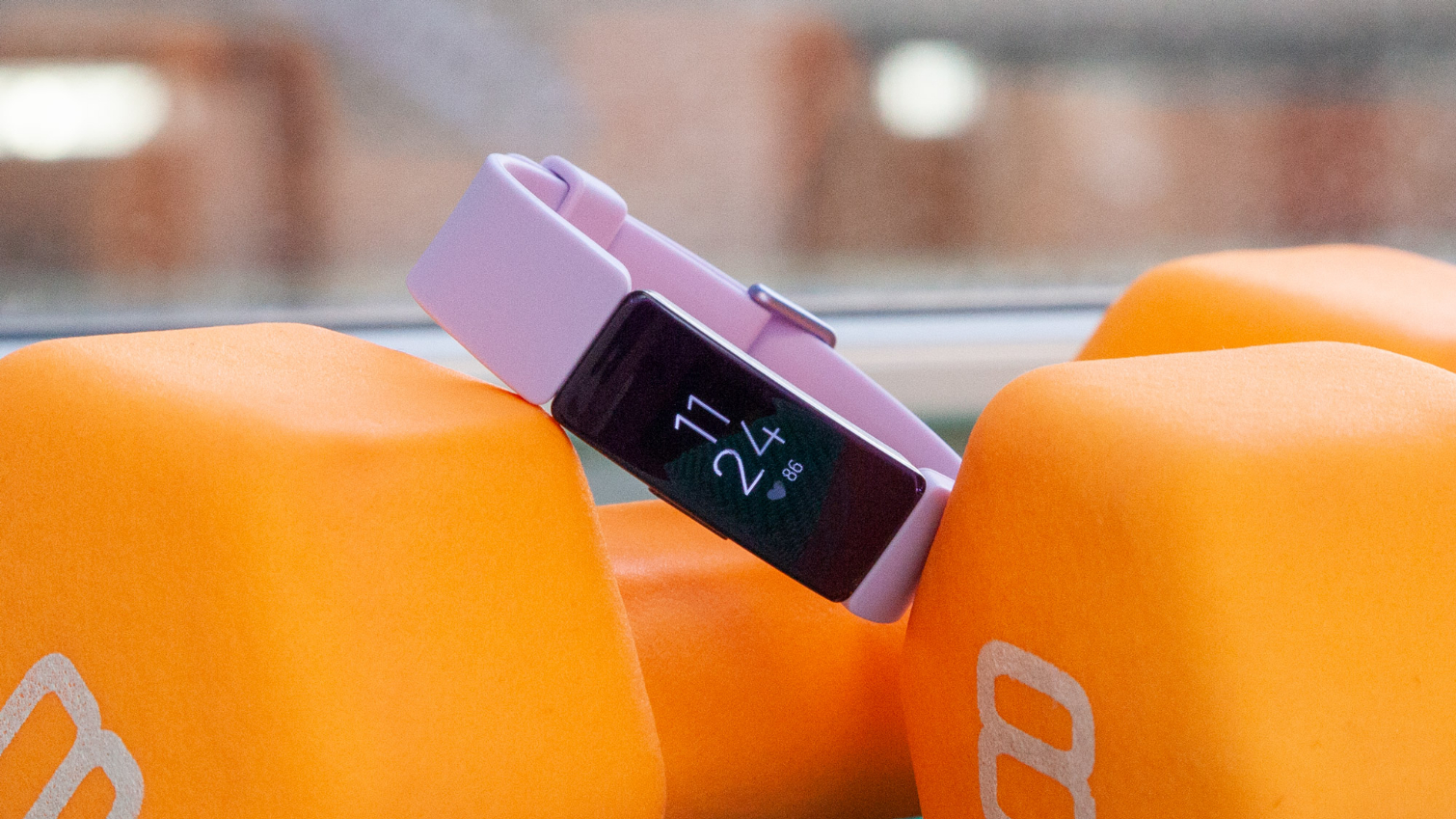
Fitbit is launching a new Heart Study to determine how effective its devices are at detecting atrial fibrillation (aFib). If you own a Fitbit Inspire HR, Charge 3, Charge 4, Ionic, Versa, Versa 2, or Versa Lite, you can enroll in the study, and the company will notify you if your device detects an irregular heart rhythm that indicates AFib. Fitbit will also connect you with a doctor for a free consultation. The Fitbit Heart Study, open to U.S. residents 22 years or older, is being conducted to determine how accurate its devices are in detecting atrial fibrillation, as the first step to receiving FDA approval. Here's how to sign up for the Fitbit Heart Study.
Fitbit Inspire HR: Price and availability
The Inspire comes in two flavors: The pricier, $99 Inspire HR has a heart rate sensor, and the $69.95 Inspire, without heart rate. The Inspire HR I tested is a classic Fitbit in terms of hardware design and software features, but it's an iterative, rather than innovative, device.
Fitbit Inspire HR: Design and Display
The Inspire and Inspire HR look just like Fitbit's Alta, but with a matte plastic body instead of a stainless-steel one. I loved the Alta, so the similar, though less stylish, design is a positive in my book. The Inspire is sleek and lightweight, so much so that I barely felt it on my wrist as I ran.
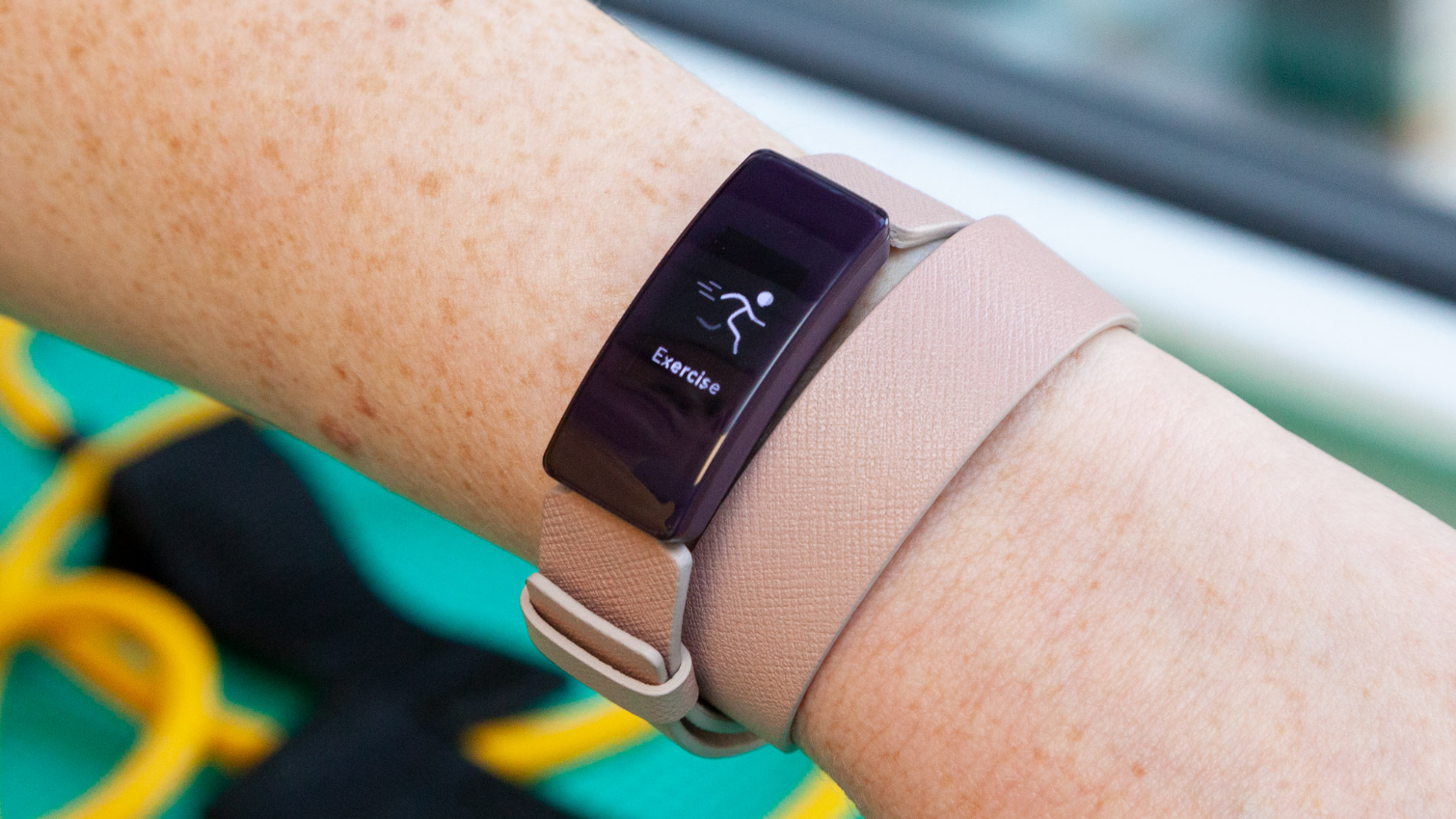
Like the Alta, the Inspire's bands can be swapped out. I ran with the elastomer band that came in the box, but swapped in a leather double-loop band for dinner and drinks. You can also take the Inspire out of its band and put it in an accessory clip to wear on your waistband if you'd rather not wear a fitness tracker on your wrist.
A physical button on the left side of the tracker turns the display on and off, and returns you to the home screen if you're in a different menu. When exercising, pressing the side button pauses a workout; a second press ends it. That's useful, because swiping on such a tiny screen while sweaty is an exercise in futility. You can also long press the side button to view the battery percentage.
Get instant access to breaking news, the hottest reviews, great deals and helpful tips.
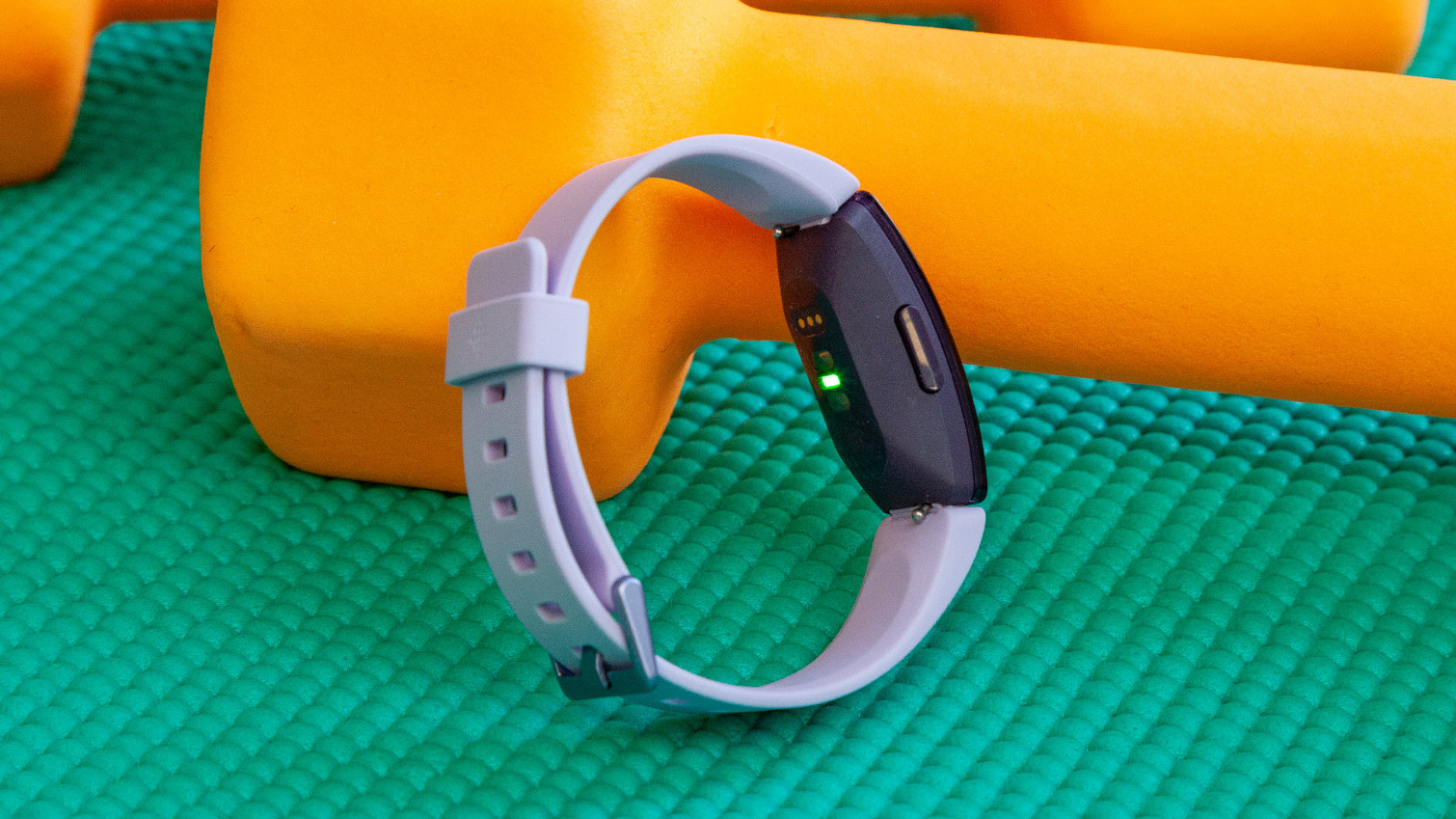
The actual display is pretty small compared to the tracker's overall length, which is where the Charge 3's larger touch screen has an obvious advantage. You can see only one stat at a time while running, so I had to jab at the screen to see my pace per mile and heart rate. The Charge 3 shows two metrics at once, which offers a better workout experience.
Fitbit Inspire HR: Fitness tracking
The Inspire doesn't have built-in GPS, which means the Ionic smartwatch and the Charge 4 are the only Fitbits that can be used without a phone to track outdoor runs and bike rides. Fitbit has instead focused on giving its smaller, sleeker devices longer battery life, though the Inspire is also underwhelming in that category (more on that in a minute).

After selecting Run from the Exercise menu, the Inspire locks onto your phone's GPS signal quickly. You then press play to hit the ground running. The Inspire accurately tracked my 3.6-mile route through Brooklyn’s Prospect Park, though I expected it to because of the signal from my iPhone.
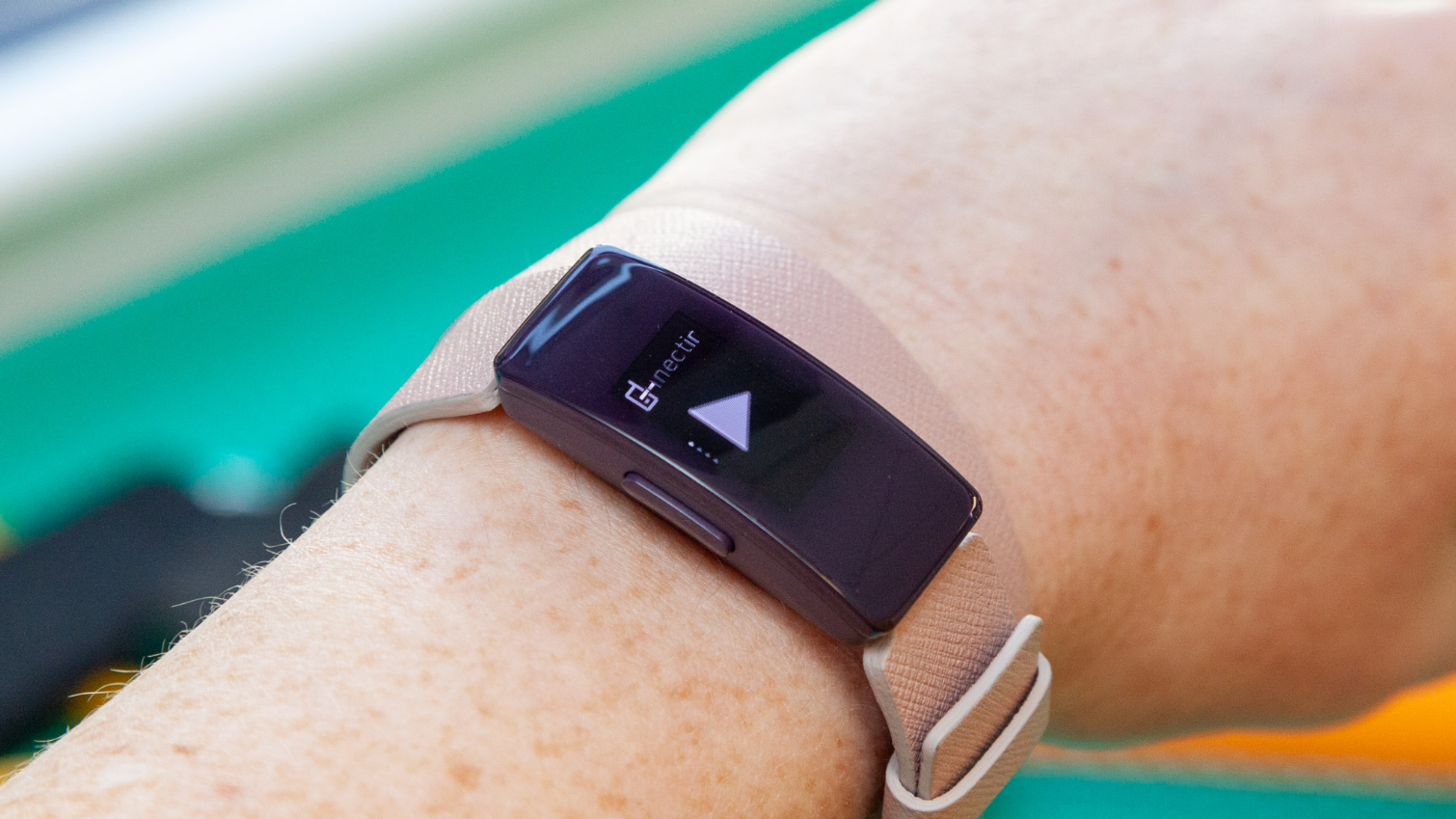
The Inspire also automatically records a handful of workouts, which is useful when I take long, brisk walks around Brooklyn and don't think to record my calorie burn. That information is synced to the Fitbit app, which is still one of my favorite fitness-tracking apps. Fitbit plans to redesign the app to make it simpler and easier to use later this year.
The Inspire's heart-rate sensor makes more health and fitness features possible, which is why the more expensive HR is worth the premium over the cheaper alternative. You can use the heart rate-based Relax app for guided breathing exercises if your beats per minute are too high. You can also set goal-based exercises on the band before workouts and see your cardio fitness level, which the base Inspire doesn't offer.
Fitbit Inspire HR: Sleep tracking
I've tested a variety of fitness trackers and smartwatches over the years, and Fitbit is the only company whose devices consistently nail the time I spend asleep. Other devices lump in the time I spend lying in bed, which is not necessarily time spent sleeping. I like to read my Kindle or endlessly scroll Instagram's Explore feed to calm my brain or slowly wake up. Fitbit recognizes that even though I haven't moved, I'm not sleeping.
MORE: Do Sleep Tracking Devices Really Work?
The Inspire carries on that accurate sleep tracking, though the base-model band lacks a heart-rate sensor for analyzing your sleep stages (or time spent in light, deep and REM sleep). That information is another reason why the HR is worth the extra $30, because you gain insight into your sleep quality on days you work out.
Fitbit Inspire HR: Battery Life
Fitbit claims the Inspire lasts up to five days on a charge, but the Inspire HR I tested lasted just three days tracking my workouts and sleep. The cheaper Inspire lacks a heart-rate sensor, so that device will likely last longer, but it also won’t give you a complete overview of your health and fitness.
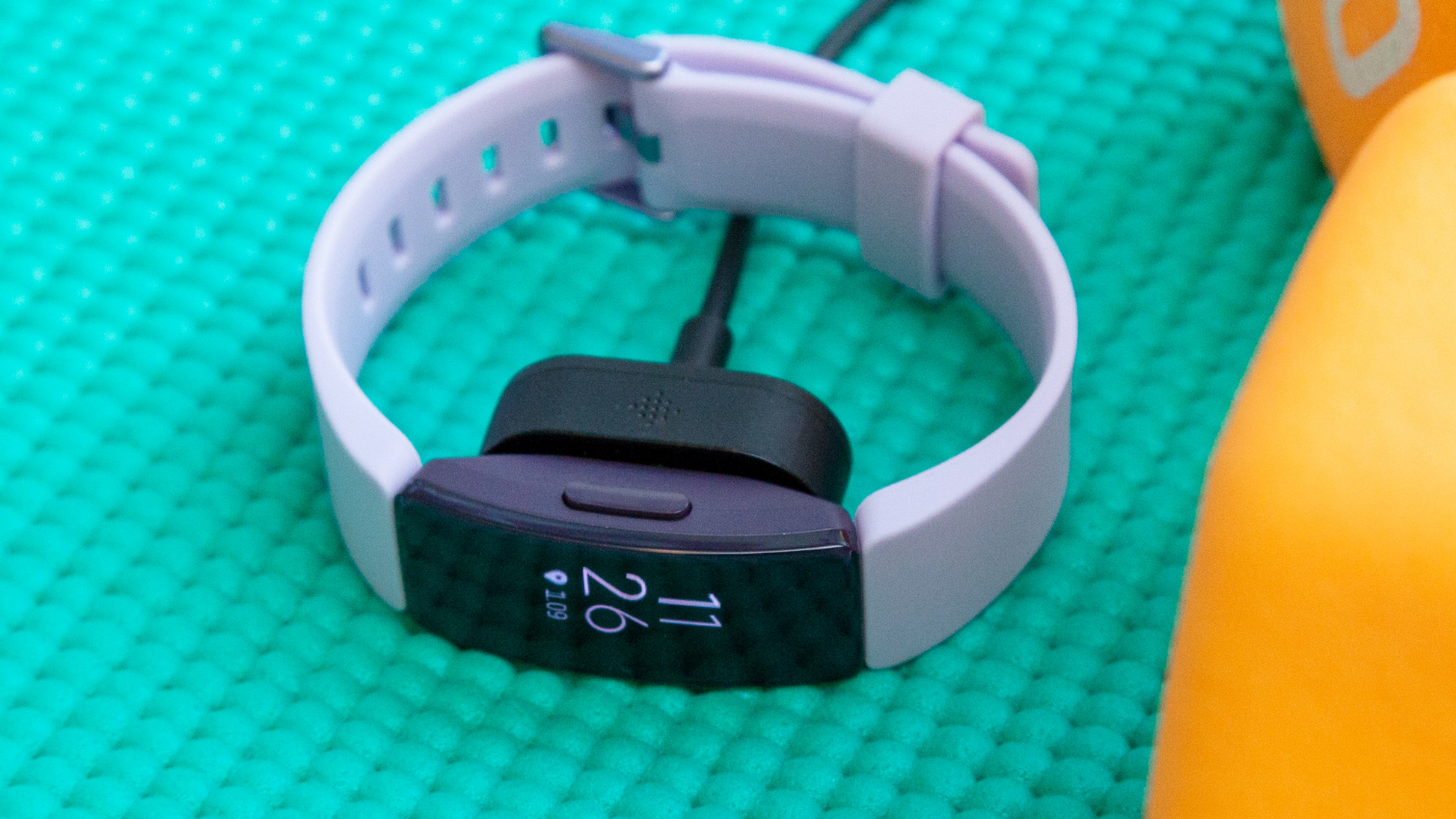
Like every Fitbit, the Inspire comes with a proprietary charger that attaches to the back of the tracker magnetically. Every Fitbit I've tested comes with a different charging dock, which is a little irritating. But most people have just one Fitbit and not a drawer full, so it's likely not that big of a deal.
Fitbit Inspire HR: Verdict
Fitbit designed the Inspire and Inspire HR for people who are new to fitness tracking and looking for a motivational device. For $100, the Inspire HR is the best entry-level band you can buy.
But I also want more from Fitbit. Its latest devices, which include a cheaper version of its popular Versa smartwatch, are more affordable than past Fitbits. They're also lighter on features. Fitbit is aiming to make fitness trackers less expensive — and therefore more accessible — but the company isn't building a feature set that will encourage people to keep wearing those bands months down the line. Apple has already proved that people will pay for pricey wearables packed with powerful health features (see: Apple Watch Series 4 and its medical-grade electrical heart-rate sensor). It feels like Fitbit isn't even trying.
I want Fitbit to make its devices more accessible and more advanced. Inspire HR delivers on the former, but I'm holding out hope for another Fitbit this year that does more to move the needle.
Credit: Tom's Guide
Caitlin is a Senior editor for Gizmodo. She has also worked on Tom's Guide, Macworld, PCWorld and the Las Vegas Review-Journal. When she's not testing out the latest devices, you can find her running around the streets of Los Angeles, putting in morning miles or searching for the best tacos.

